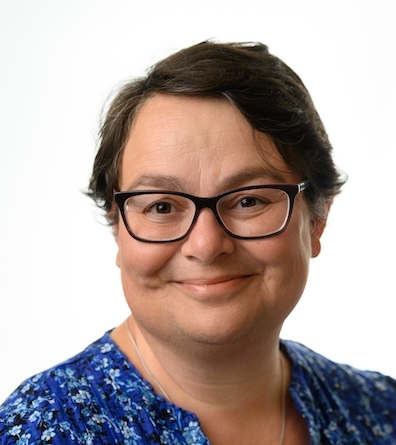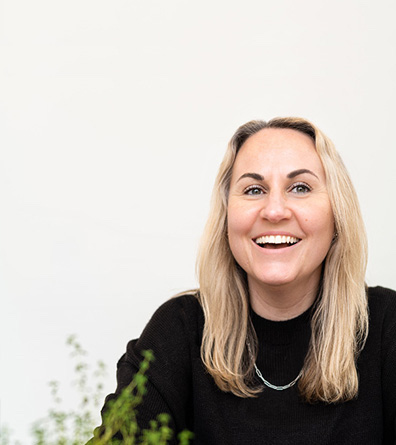Earlier this year, Dance Gazette reported on the dance sector’s growing recognition that safeguarding was a central concern, in dance training and the profession alike. Six months on, Penny Cotton (Membership Director) and Katharine Hikmet (Safeguarding Manager) discuss how the RAD’s work has developed in this area.
What is the latest on the RAD’s safeguarding work?
Penny Cotton It has been a busy period. The main thing we have done is launch safeguarding requirements for RAD teaching members, to support them with their commitment and to take a step closer to creating a world-class safeguarding culture within dance. These new requirements reflect that goal by setting higher standards for student safety. This is about creating safe spaces where everyone can be reassured that their wellbeing is a priority. These include the need for RAD teachers to have a criminal background check every three years, declare any criminal convictions, and take part in annual safeguarding training. We want to create a baseline standard across all the countries in which we operate.
Katharine Hikmet Our international focus has meant meeting regularly with our national directors and colleagues around the world, to have wider conversations exploring safeguarding principles in their regions and countries. I’ve also held introductory sessions with our members in Europe, South Africa, Australia, New Zealand, the Americas and more. This is something we’re committed to constantly improving and we can only do that if we do that with our members and teams globally, everyone has to buy into the concept that, above everything else, child safety comes first.
Given international variations, can a single code of conduct or best practice be created which works for all members?
PC We believe it absolutely can be. We’re devoting a lot of time to working with our global community to create a practical, simple and impactful common framework.


KH While our headquarters is in the UK, we aim to give an international context to our work, so that it remains meaningful and practical for everyone. Ultimately, we all want to safeguard and look after young people and vulnerable adults, so it’s about highlighting common themes. Creating an overarching, global approach, giving us a common foundation with national variations, is a long-term project, but it’s absolutely possible.
Do teachers appreciate why safeguarding is important?
PC Very much so, and they are responding positively to changes. Our collective goal has always been to provide a secure and supportive space for all dancers.
What safeguarding questions do members have?
KH They are very varied, depending very much on individual circumstances. Some teachers run their own dance school and don’t have anybody else to discuss these issues with. It can be as straightforward as a question about whether or not to refer a situation and to whom. We’ll talk it through and offer any expert advice we can. I’m pleased that people realise they can check in with us. We give them confidence that they’re doing the right things.
We’re opening up conversations with our members – demystifying safeguarding, but also empowering them by ensuring they have their own checks in place.
How would you describe the RAD’s safeguarding journey in recent years?
PC We’ve totally transformed how we look at safeguarding. We’ve been working on enhancing our safeguarding measures and practices including policy development, education, external collaboration and communication. Safeguarding is a continuing priority and commitment for us and in recent years I have seen a massive shift in our approach and we won’t stop until we become a world leader in this area.
What does the future hold for the RAD’s safeguarding work?
PC We will continually review and adapt our policies to changing circumstances and best practice while raising awareness, maintaining open lines of communication and providing clear channels for reporting concerns.
The next step is to look at further developing our training to support teachers. We want every member to have access to the best possible content to help them be the best teachers they can be.
KH As Penny says, it is about developing that training package, developing the existing response to safeguarding questions and making it a truly international space. The key for me is to help more people to have a deeper understanding of safeguarding. We’ve already had some very positive responses – I’m really encouraged by where we are, but we’ll never rest on our laurels.
For more information about safeguarding and resources visit:














